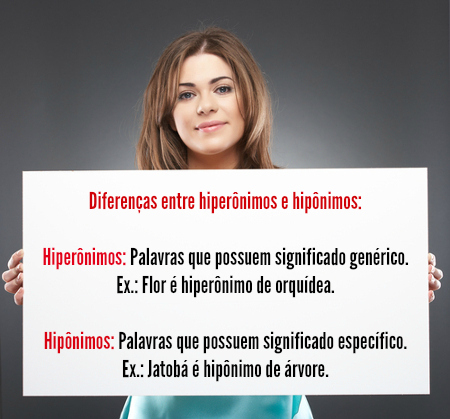As we establish familiarity with linguistic facts, we must be aware that the rules they pronounce are not always static, fixed. Depending on some circumstances, they are subject to change, especially when it comes to the linguistic context in which certain utterances are demarcated. As we will not emphasize all cases here, we will elect one of them: the connecting verbs.
These are those verbs also called non-notional, consisting of imprecise meaning. Going beyond such notions, it still seems that mechanically we mentalize: be, be, remain, stay, and so on.
The fact is that we need to know that, depending on the context, some verbs, taken as notional, pass from one stage to another – assuming the position of connecting verbs. So, let's analyze some cases (establishing the difference between the idea represented by transitivity):
The boy turned the table.
Here we have a notional verb, since it indicates an action. Therefore, it is a direct transitive verb.
The teacher turned into a beast.
Does the verb have the same semantic meaning here?
Obviously not, given that it denotes the subject's state of being, that is, it clarifies that he was furious.
Do not stop now... There's more after the advertising ;)
In this way, it is classified as a connecting verb, in which “a beast” represents the subject's predicative.
The worker fell from the thirteenth floor.
In this context, the verb also denotes an action – the action of falling from a given place.
Grandma fell ill.
The verb no longer represents an action, but a state arising from the subject itself. Therefore, it is classified as a link, especially because the term “sick” is classified as a predicative of the subject – attributing a qualification to him.
Thus, as can be seen, the analysis of the linguistic context becomes the big difference at the time of identify the transitivity of a verb, as many considered to be action can also act as being of Link.
By Vânia Duarte
Graduated in Letters
Would you like to reference this text in a school or academic work? Look:
DUARTE, Vânia Maria do Nascimento. "Link and context verbs"; Brazil School. Available in: https://brasilescola.uol.com.br/gramatica/verbos-ligacao-contexto.htm. Accessed on June 27, 2021.

